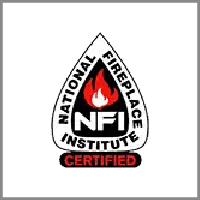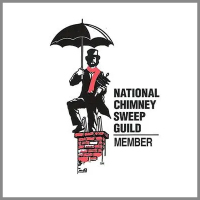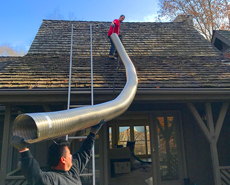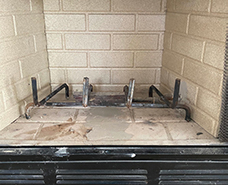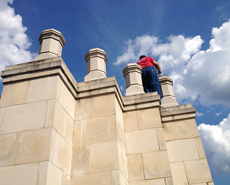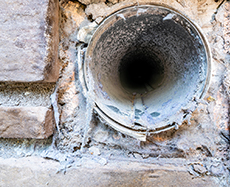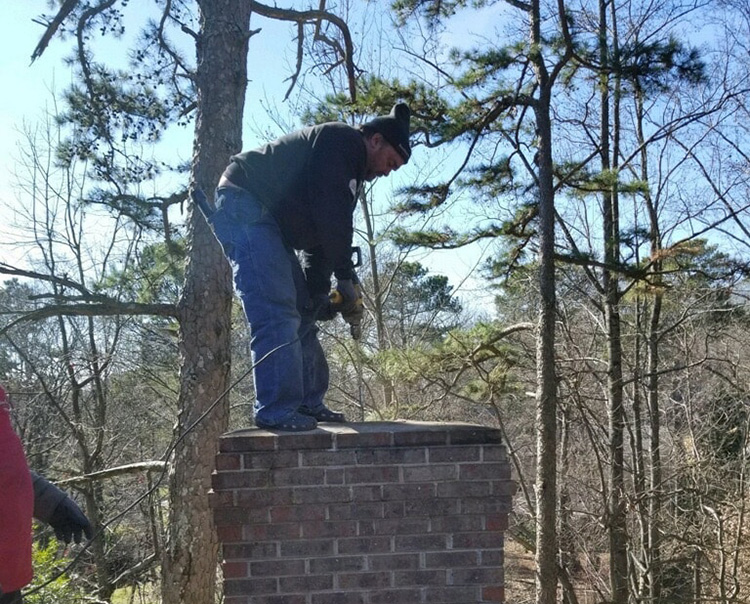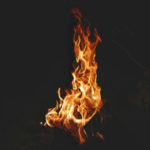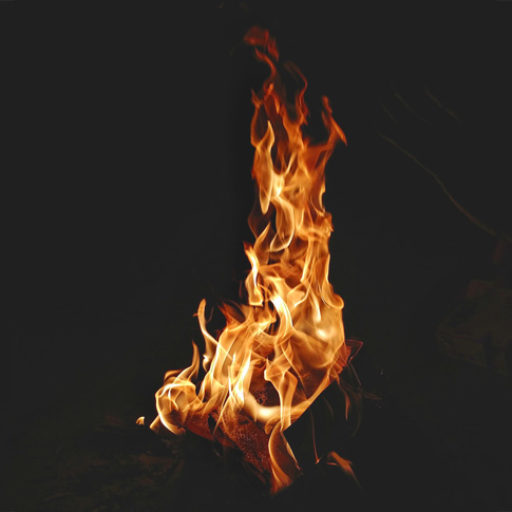Atlanta Chimney Doctor — Atlanta's Chimney Experts for More Than 30 Years
Atlanta Chimney Doctor offers exceptional products and services to keep your chimney clean and safe for your family.
We Are Your Trusted Local Chimney Sweep Company
For over 30 years, Atlanta Chimney Doctor has provided exceptional services and high-quality products for chimneys in and around Atlanta. We give every job personalized attention to make sure your chimney is safe to use. Keeping your chimney clean is our top priority, and we'll go above and beyond to make sure you're satisfied.
We hold several industry certifications for chimney cleaning services, including:
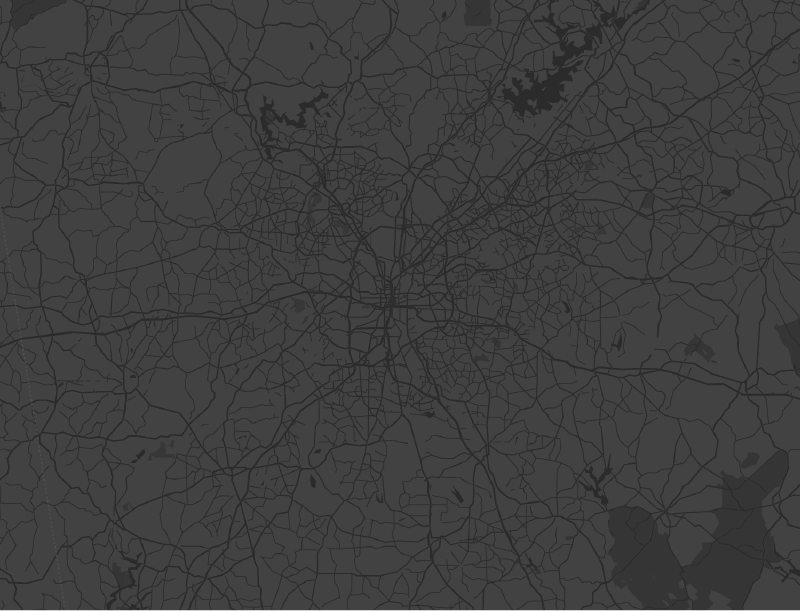
Acworth
Alpharetta
Atlanta
Brookhaven
Buckhead
Dallas
Johns Creek
Kennesaw
Marietta
Milton
Roswell
Sandy Springs
Symrna
Vinings
Woodstock
We Proudly Serve the Atlanta Metro Area
Atlanta Chimney Doctor serves the chimney needs of the Atlanta metro area. Whether you need a liner repair or a chimney cleaning, our professionals are ready to help.
Hear From Our Satisfied Customers
Request Service From Our Local Chimney Sweeps Today
Choose Atlanta Chimney Doctor for professional chimney services in Atlanta. Request a service today, and we'll be in touch soon to make your fireplace and chimney safe and functional for your family.
Our Certifications
